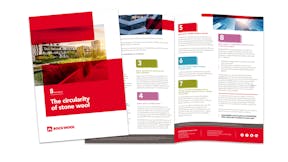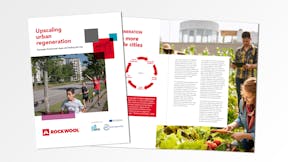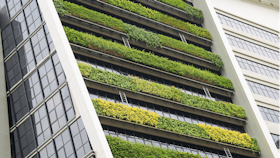When it’s finished sometime in 2023, the Circle House project located outside the city of Aarhus, Denmark will achieve something not many other housing projects can claim: a circular building model.
What does that mean? All 60 of the Circle House housing units are designed so that 90 percent of the materials can at some point in the future be reused or recycled at high-value to make other buildings.
Designing and constructing durable and resilient building that are worth more than the sum of their present-day parts is a theme we are seeing more of today, and for good reason: Countries around the world are looking for the most effective ways to meet climate goals while also accomplishing social and economic ones, including affordable housing, job creation and improved quality of life.
Built to last, and last
There is no single definition of a sustainable building or system, but the following are some of the most important credentials of sustainable architecture:
- Designed to operate with very low energy demand
- Designed for fire resilience and reusability
- Consideration of the resources required for the lifetime of the building
The World Green Building Council (WGBC) defines a ‘green building’ as a structure that aims to reduce or eliminate its negative impacts on the environment. It includes considerations for the preservation of precious natural resources and the construction, habitation and demolition of the property. These practices can also have positive impacts, including sustaining the economy and improving the quality of life for citizens.
In the EU, a variety of countries have started to integrate sustainability parameters on a voluntary basis in national building codes. For example, France, Denmark, Germany and the Netherlands have created their own rating systems to encourage more sustainable development.

8 facts about circularity
Twenty five percent of the world’s water and 40 percent of its resources are used by buildings, while creating one-third of all waste and 40 percent of global carbon emissions. Check out these 8 facts about the circularity stone wool!









